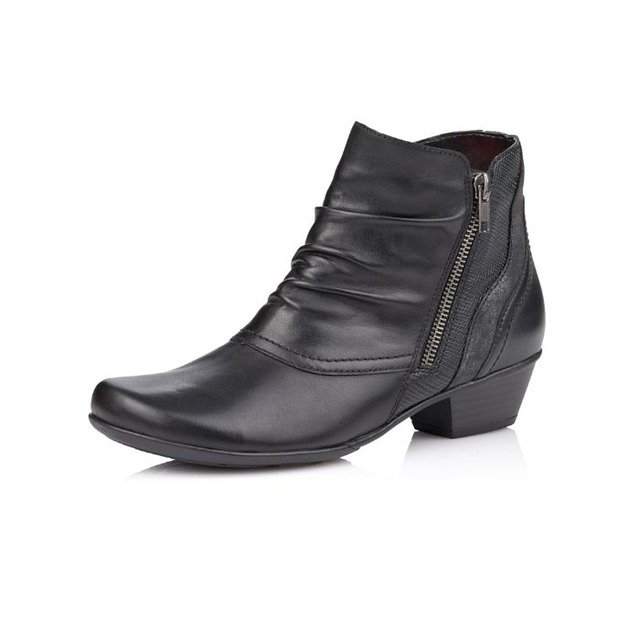Title: Dopamine Dressing: The Psychology of Mood-Boosting Fashion
Feeling down? Your wardrobe might hold the key to a brighter mood. Dopamine dressing, a trend that's taking the fashion world by storm, suggests that the clothes we wear can significantly impact our emotional state. This article delves into the science behind this phenomenon, exploring how strategic color choices and bold patterns can elevate your spirits and boost your confidence.

Research in the field of enclothed cognition suggests that the symbolic meaning of our clothes and the physical experience of wearing them can influence our psychological processes. For instance, wearing a power suit might make you feel more confident and competent, while slipping into your favorite cozy sweater could instantly soothe your nerves.
Color Psychology in Fashion
At the heart of dopamine dressing lies the strategic use of color. Different hues can evoke various emotional responses, making color selection a powerful tool in mood management through fashion.
Vibrant yellows and oranges are often associated with happiness and energy, making them popular choices for those seeking a mood lift. Blues and greens, on the other hand, are known for their calming properties, potentially helping to reduce stress and anxiety.
Reds and pinks can evoke feelings of passion and excitement, perfect for occasions where you want to feel empowered and confident. The key is to understand your personal color preferences and how different shades make you feel, allowing you to curate a wardrobe that serves as an emotional toolkit.
Pattern Play and Texture Therapy
Beyond color, patterns and textures play a crucial role in dopamine dressing. Bold, geometric patterns can stimulate the mind and increase alertness, while softer, organic patterns might have a more soothing effect.
Textures add another dimension to the sensory experience of clothing. Soft, plush fabrics like velvet or cashmere can provide comfort and a sense of luxury, while crisp cottons or sleek silks might evoke feelings of freshness and sophistication.
Experimenting with different combinations of patterns and textures allows for a personalized approach to mood-boosting fashion. The goal is to create outfits that not only look good but feel good to wear, enhancing your overall sense of well-being.
Personalization: The Key to Effective Dopamine Dressing
While general guidelines can be helpful, the most effective dopamine dressing is highly personal. What boosts one person’s mood might not have the same effect on another. This is where self-reflection and experimentation come into play.
Take time to analyze your wardrobe and identify pieces that consistently make you feel good. Consider the colors, patterns, and styles that resonate with you on an emotional level. Are there certain outfits that always seem to lift your spirits or give you an extra boost of confidence?
Creating a mood board or journal can be a helpful tool in this process. Document your outfits and the emotions they evoke, allowing you to build a more intentional wardrobe that supports your emotional well-being.
Incorporating Dopamine Dressing into Daily Life
Adopting dopamine dressing doesn’t mean overhauling your entire wardrobe or wearing outlandish outfits. Instead, it’s about making mindful choices that align with your emotional needs and personal style.
Start small by incorporating mood-boosting pieces into your existing wardrobe. This could be as simple as adding a colorful scarf to a neutral outfit or choosing a patterned shirt for a day when you need extra motivation.
Consider creating specific outfit combinations for different emotional needs. For instance, you might have a go-to ensemble for days when you need a confidence boost or a comforting outfit for when you’re feeling stressed.
Remember that dopamine dressing is as much about the intention behind your choices as it is about the clothes themselves. By approaching your wardrobe with mindfulness and purpose, you can harness the power of fashion to positively influence your mood and outlook.
Dopamine Dressing Toolkit
-
Identify your power colors: Determine which hues consistently boost your mood and confidence
-
Experiment with patterns: Try incorporating geometric or floral prints to stimulate different emotional responses
-
Texture mixing: Combine various fabric textures to create outfits that appeal to your sense of touch
-
Create mood-specific outfits: Designate certain combinations for different emotional needs, like motivation or relaxation
-
Accessorize strategically: Use bold accessories to add pops of mood-lifting color to neutral outfits
-
Practice mindful dressing: Take a moment each morning to consider your emotional needs when choosing your outfit
-
Document your fashion-mood connections: Keep a journal to track how different outfits impact your emotions over time
In conclusion, dopamine dressing offers a unique approach to fashion that goes beyond mere aesthetics. By understanding the psychological impact of our clothing choices, we can curate wardrobes that not only express our personal style but also support our emotional well-being. Whether you’re looking to boost your confidence, reduce stress, or simply brighten your day, the power to influence your mood might just be hanging in your closet.





